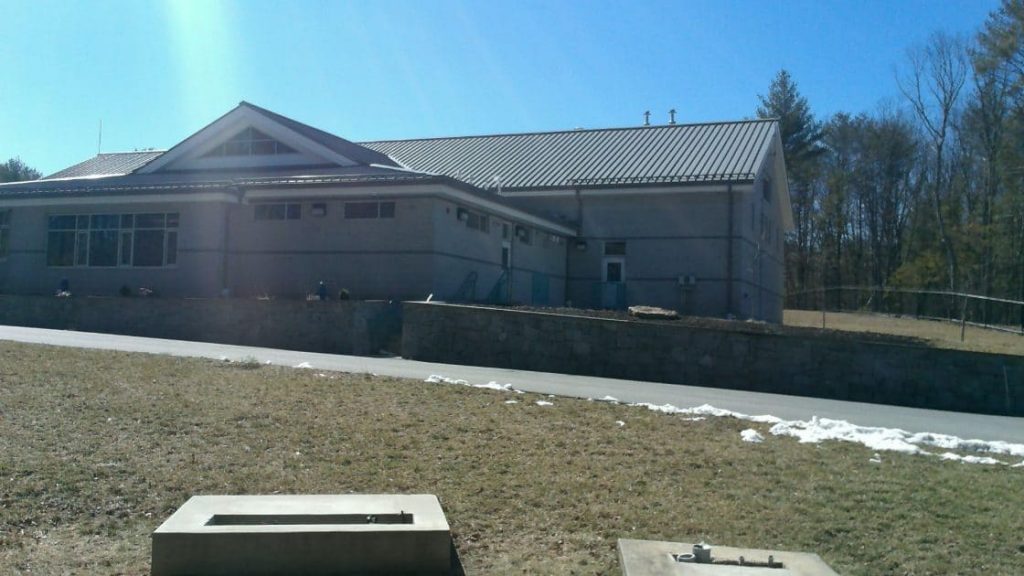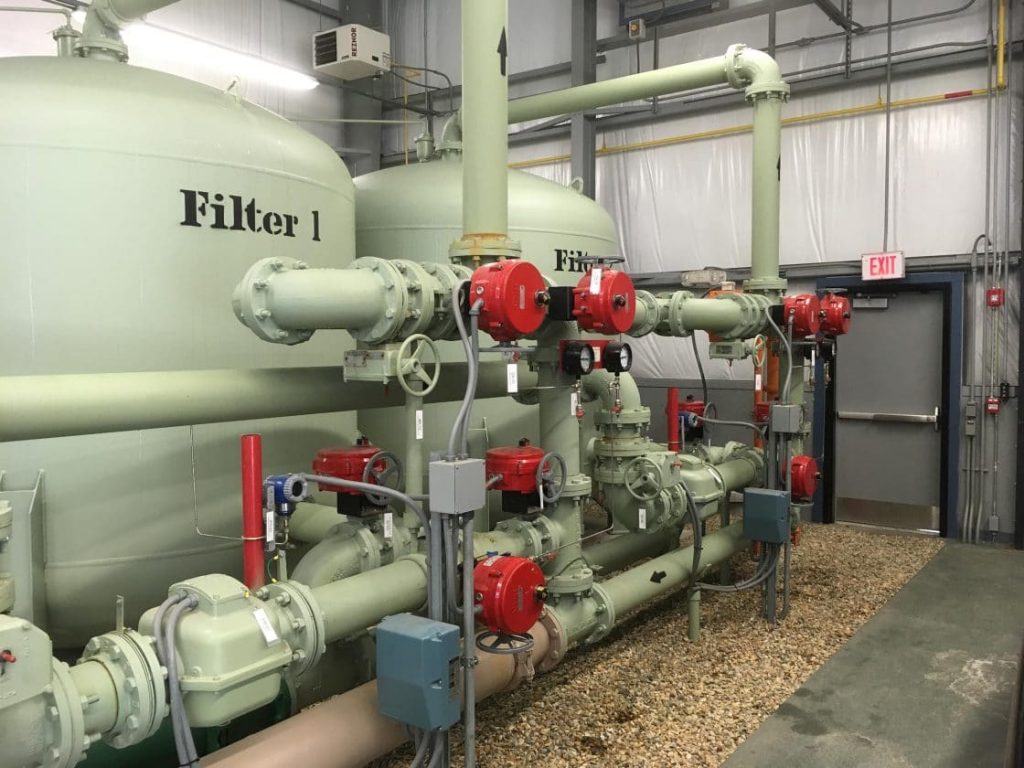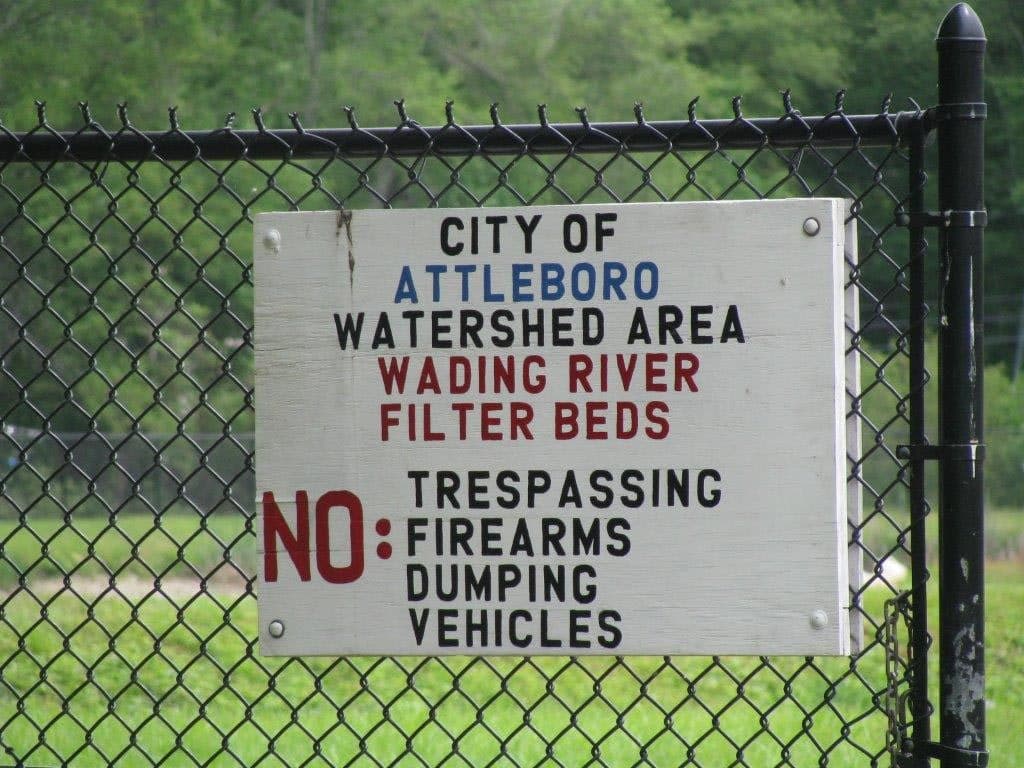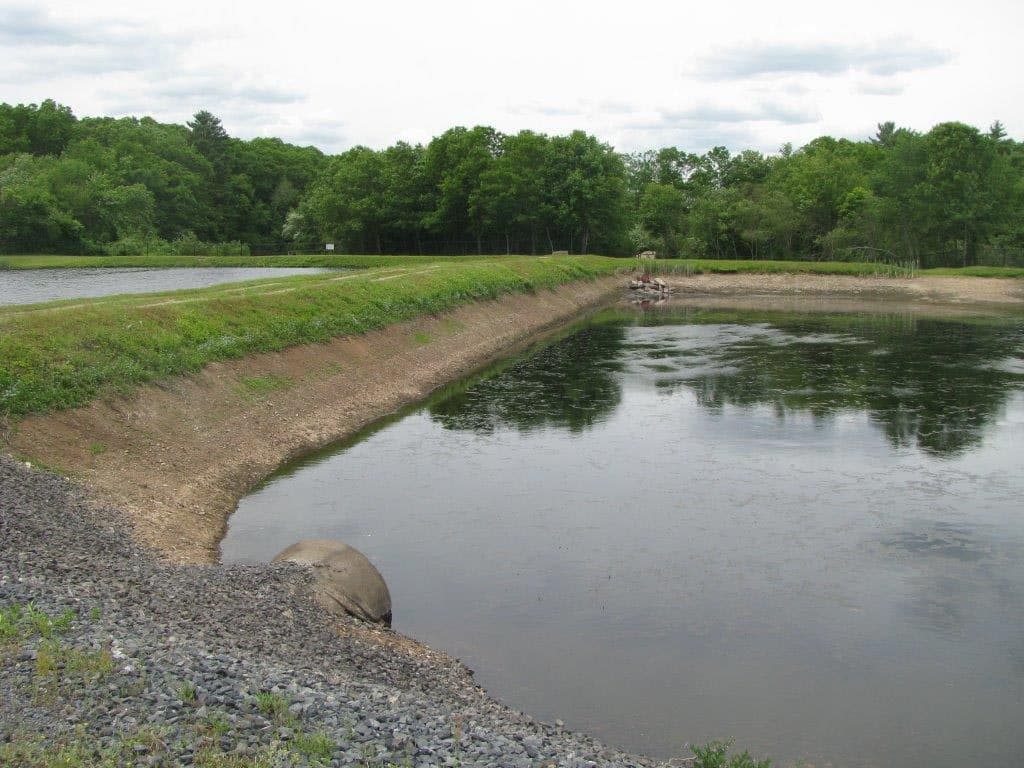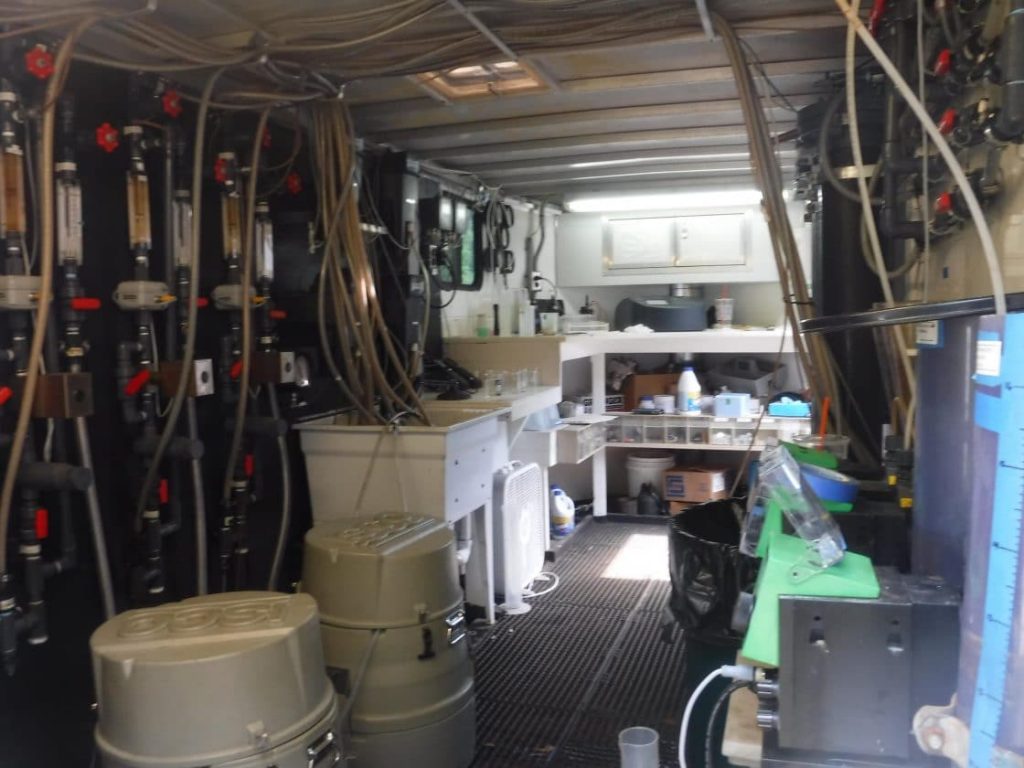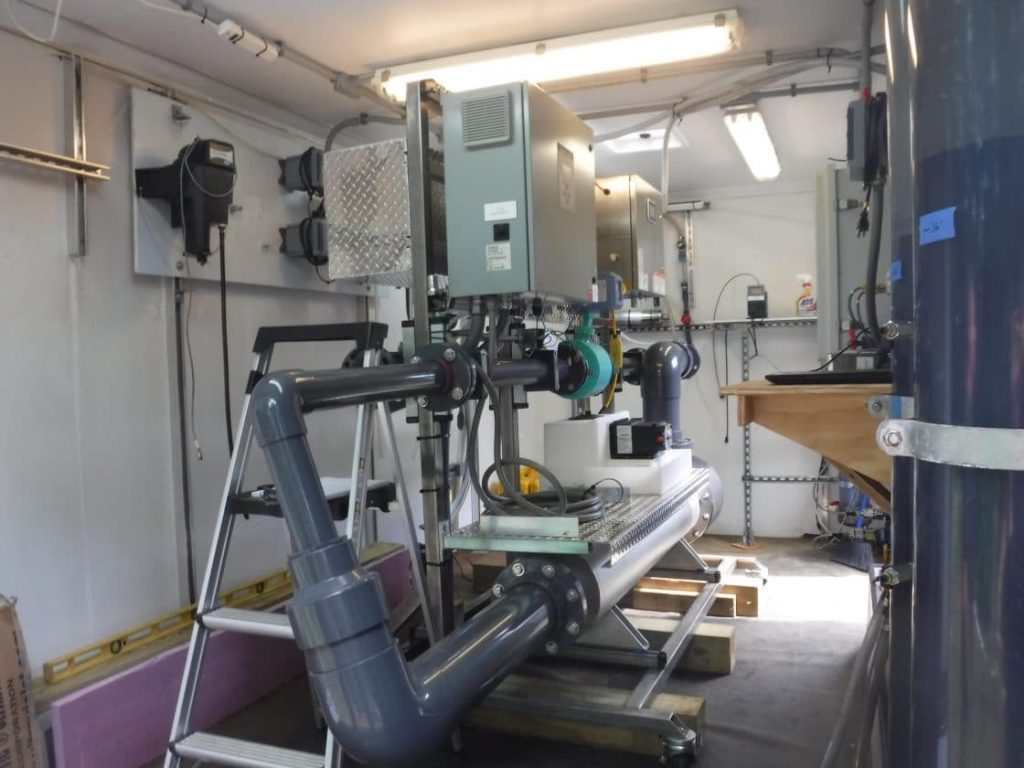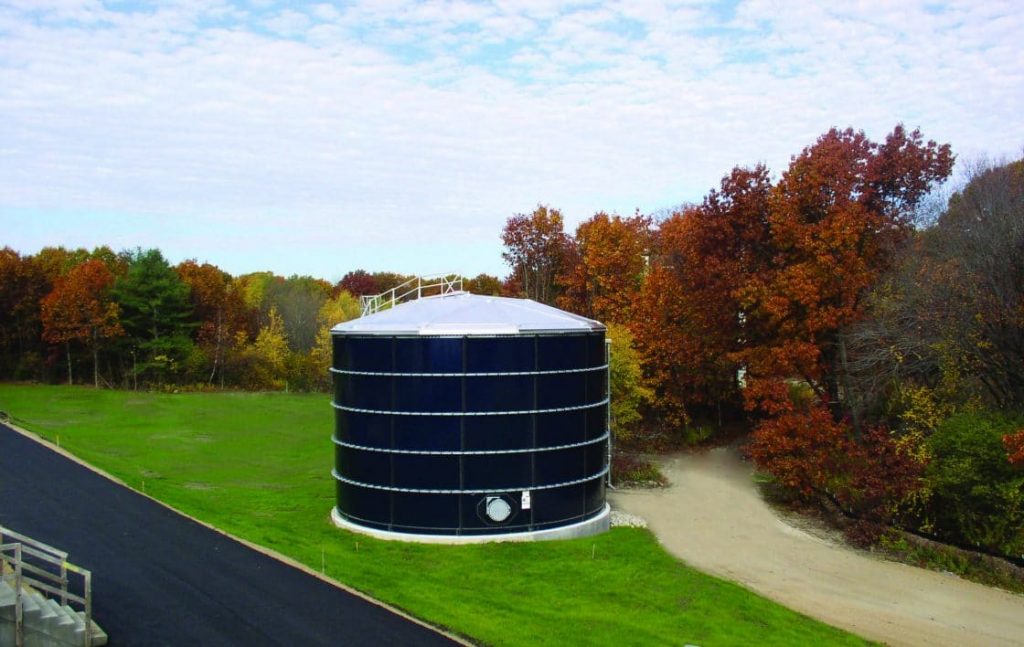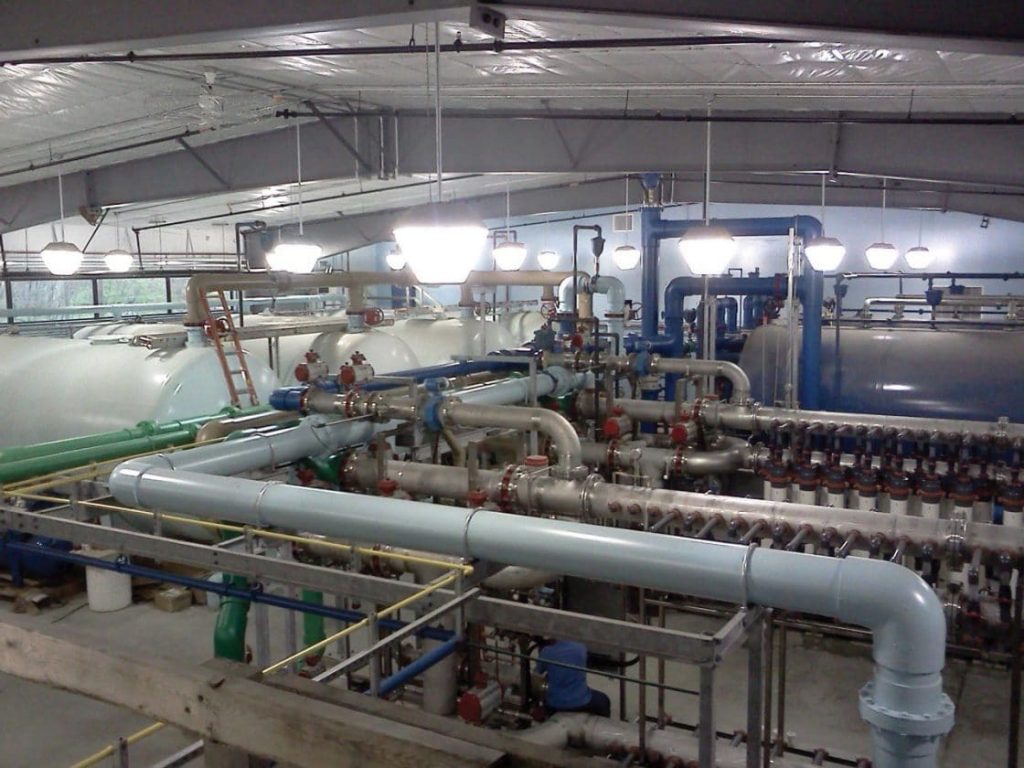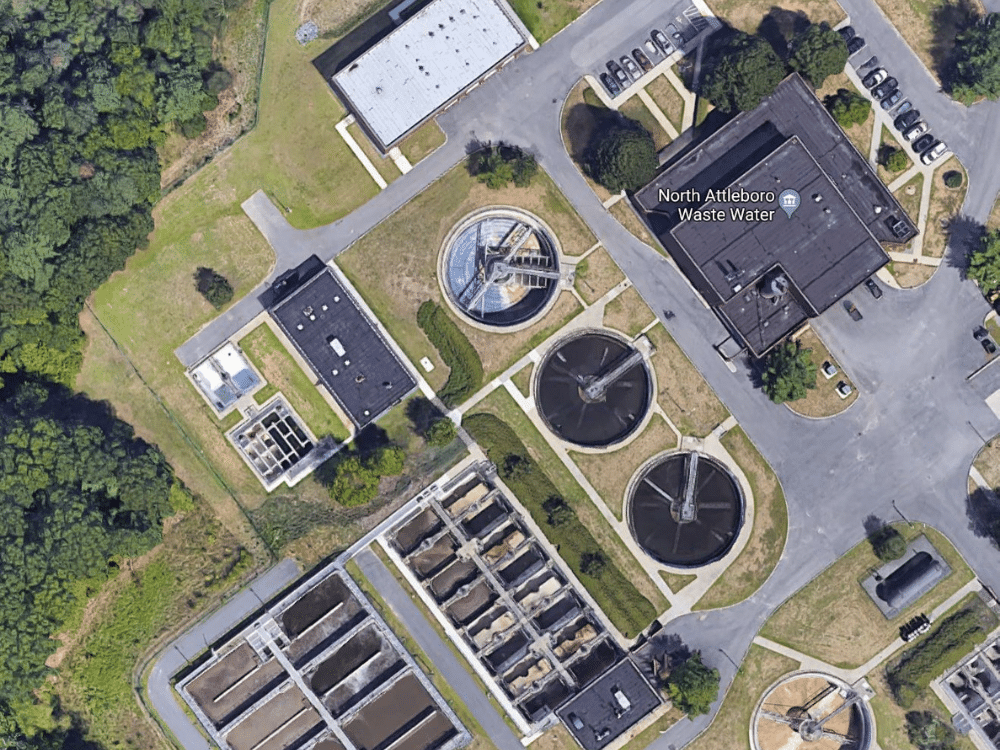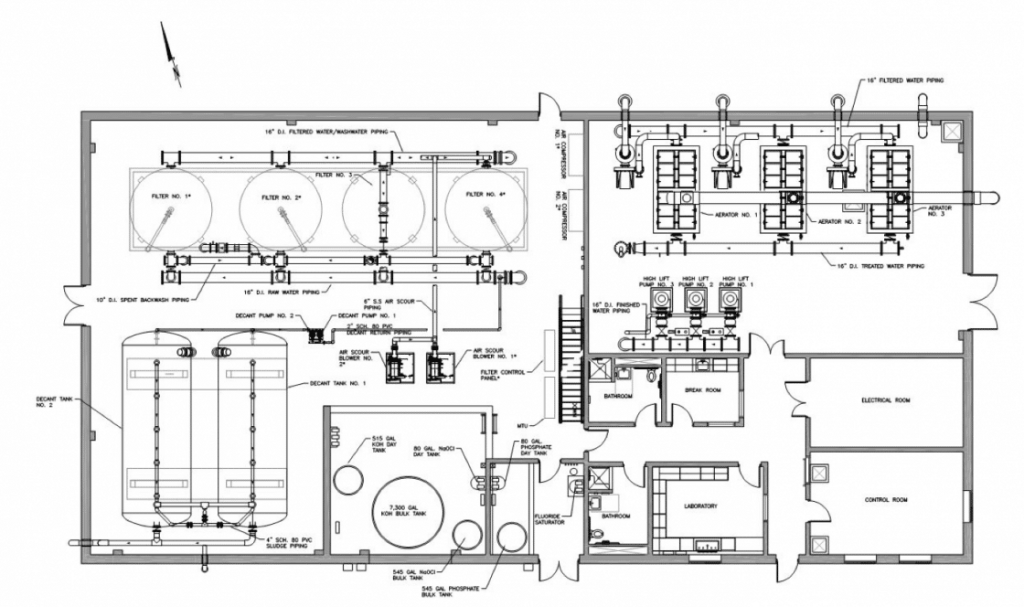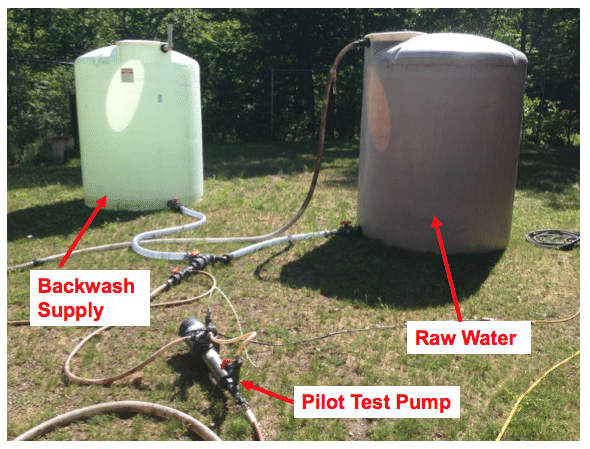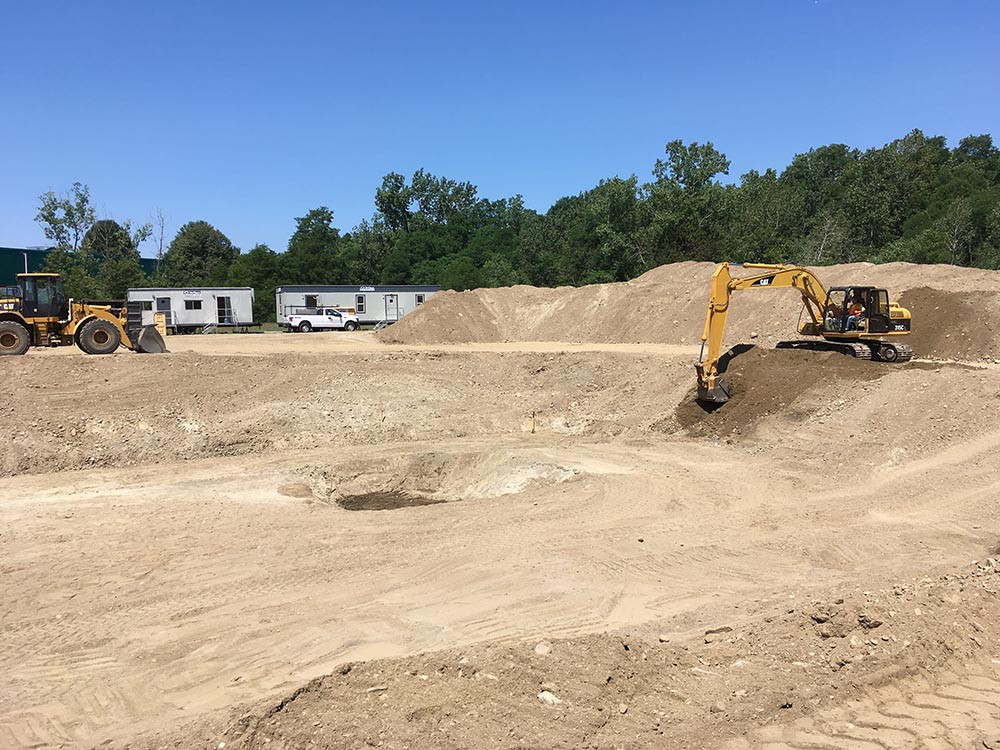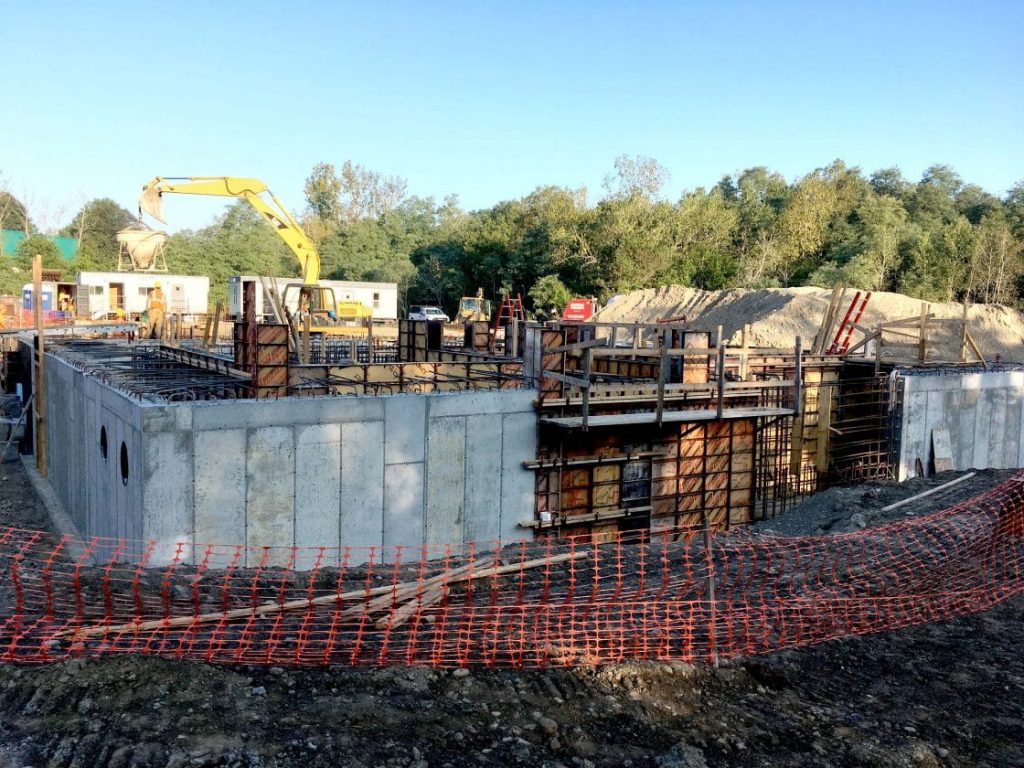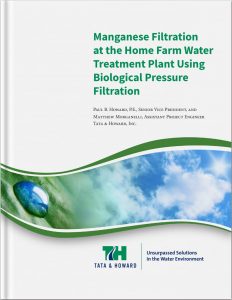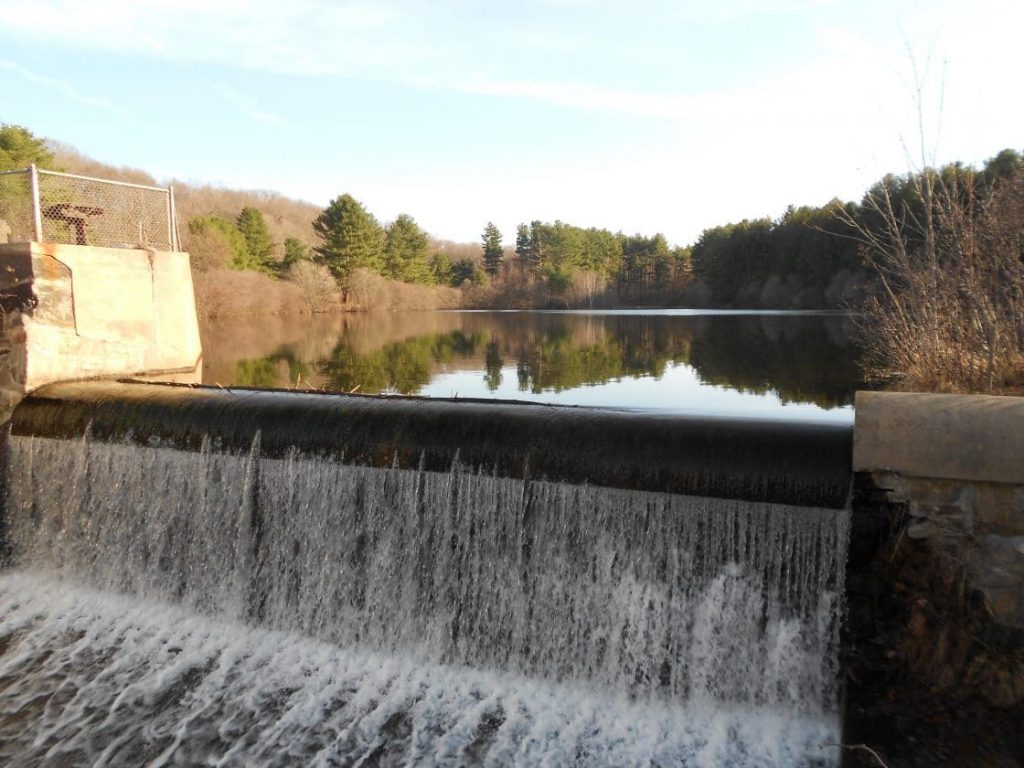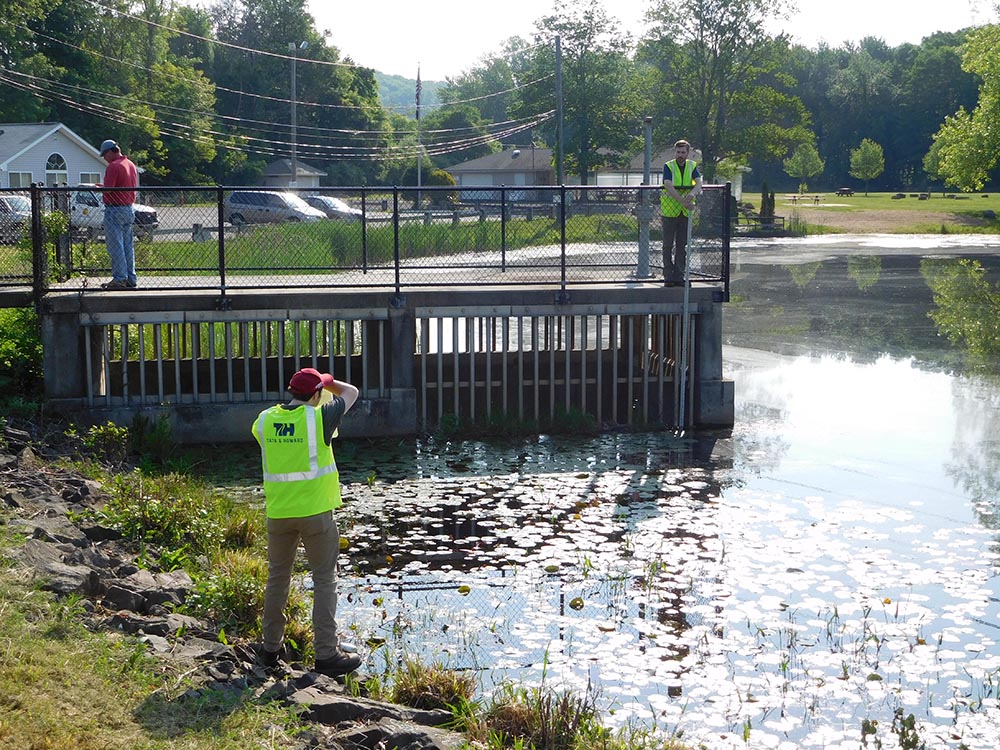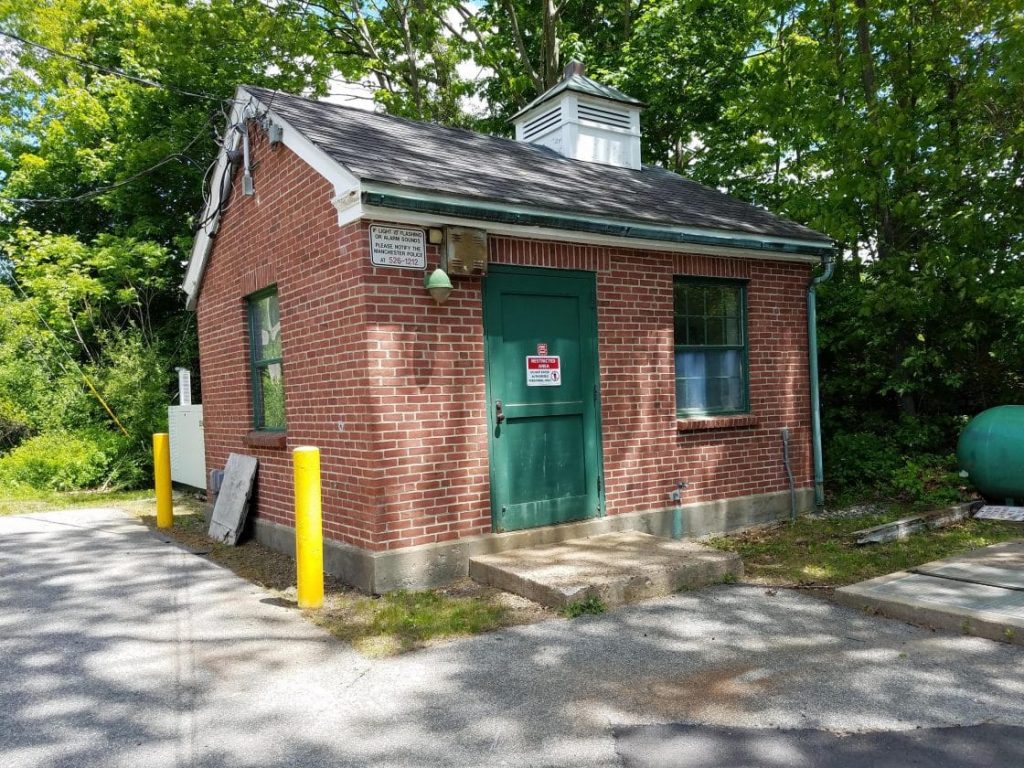
Tata & Howard, Inc. was recently retained by the Town of Manchester-by-the-Sea to complete a Capital Efficiency Plan™ for the Town’s water system. The system was evaluated to identify areas of the water distribution system in need of rehabilitation, repair, or replacement, and to prioritize improvements to make the most efficient use of the Town’s capital budget. The study evaluates the existing water infrastructure including water transmission and distribution piping and appurtenances. In addition, water storage and supply needs were evaluated and prioritized.
The analysis and improvements in this report are based on the Three Circles Approach for optimum capital efficiency, which combines hydraulic and critical component considerations with an asset management rating system to evaluate the condition of the water mains in the distribution system. Each circle represents a unique set of evaluation criteria for each water main segment. From each set of criteria, system deficiencies are identified. System deficiencies from each circle are then compared. Any deficiency that falls into more than one circle is given higher priority than one that does not.
\Using the Three Circle Approach, recommended improvements will result in the most benefit to the system. In addition, the Three Circle Approach allows us to identify any situations that mitigate a deficiency in one circle and eliminate a deficiency in another circle. By integrating all three sets of criteria, the infrastructure improvement decision making process and overall capital efficiency are optimized.
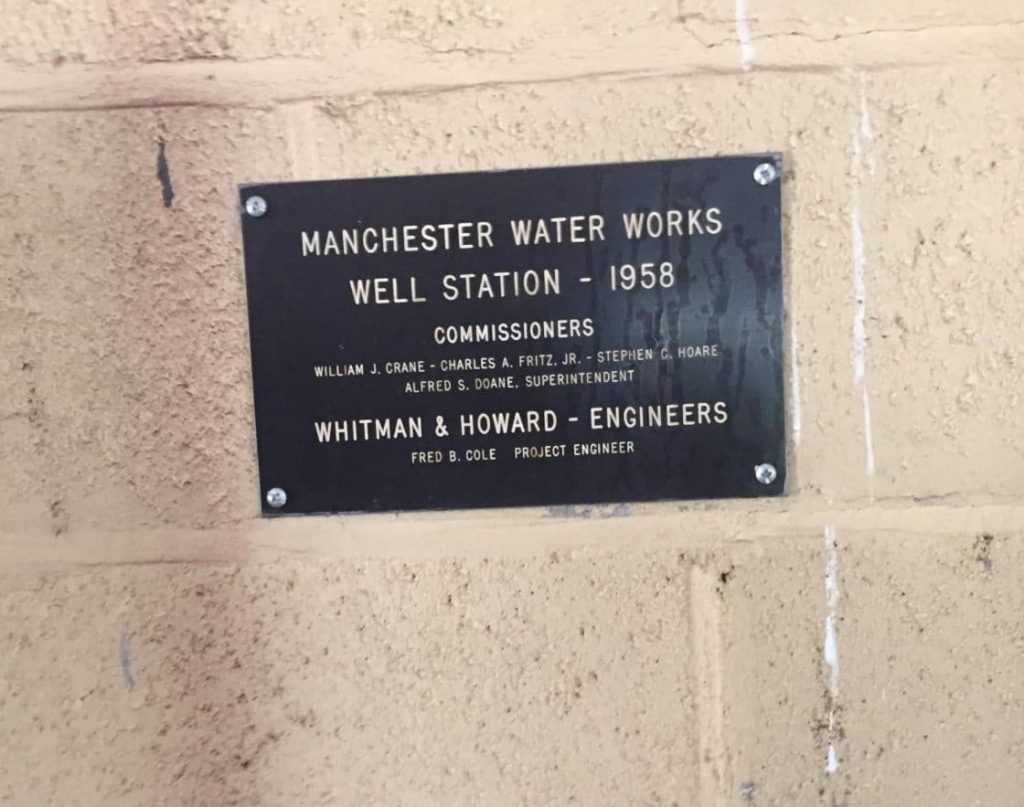
Recommendations included a siting study for a second storage tank, Phase I-III distribution system improvements, and the continuance of scheduled maintenance programs such as hydrant flushing, leak detection, and meter testing. The Town’s pavement management plan was also taken into consideration to best prioritize and coordinate utility work with roadway reconstruction.

